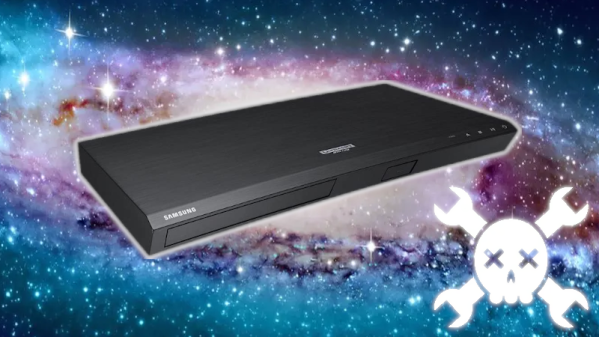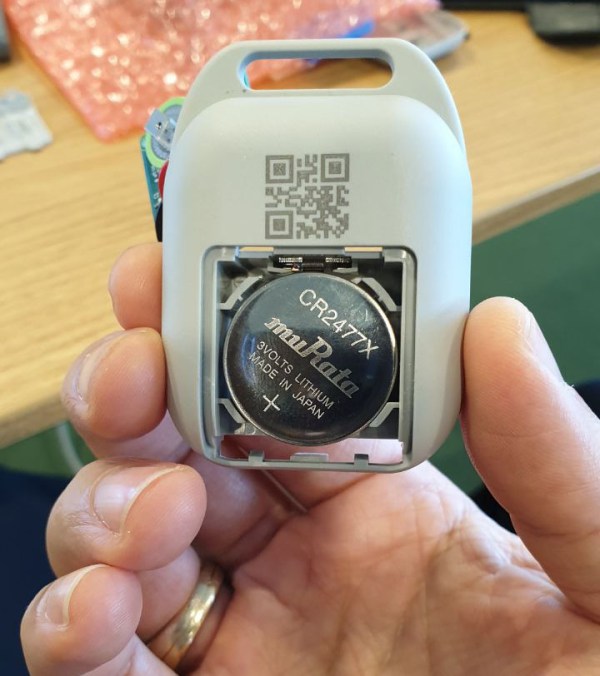What do you do when you have to disinfect an entire warehouse? You could send a group of people through the place with UV-C lamps, but that would take a long time as said humans cannot be in the same area as the UV-C radiation, as much as they may like the smell of BBQ chicken. Constantly repositioning the lamps or installing countless lamps would get in the way during normal operation. The answer is to strap UV-C lights to a robot according to MIT’s CSAIL, and have it ride around the space.
As can be seen in the video (also embedded after the break), a CSAIL group has been working with telepresence robotics company Ava Robotics and the Greater Boston Food Bank (GBFB). Their goal was to create a robotic system that could autonomously disinfect a GBFB warehouse using UV-C without exposing any humans to the harmful radiation. While the robotics can be controlled remotely, they can also map the space and navigate between waypoints.
While testing the system, the team used a UV-C dosimeter to confirm the effectiveness of this setup. With the robot driving along at a leisurely 0.22 miles per hour (~0.35 kilometer per hour), it was able to cover approximately 4,000 square feet (~372 square meter) in about half an hour. They estimated that about 90% of viruses like SARS-CoV-2 could be neutralized this way.
During trial runs, they discovered the need to have the robot adapt to the constantly changing layout of the warehouse, including which aisles require which UV-C depending on how full they are. Having multiple of these robots in the same space coordinate with each other would also be a useful feature addition.
Continue reading “Automating The Disinfection Of Large Spaces With Robots”


















